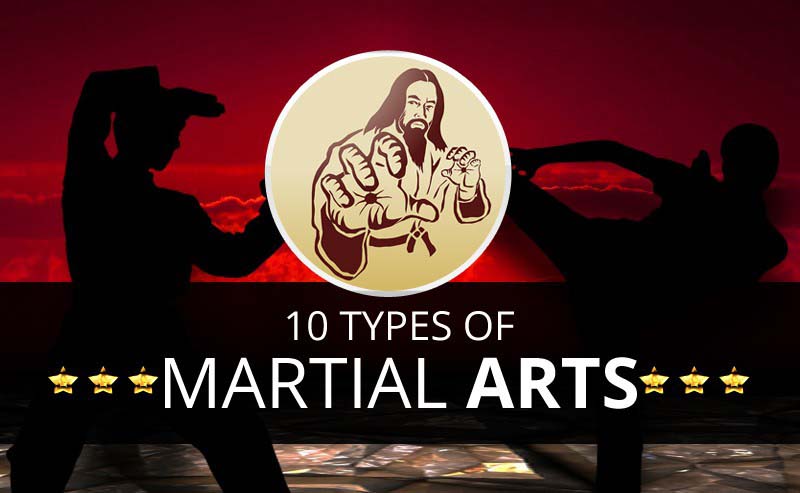The Advancement And Historic Context Of Martial Arts Worldwide
The Advancement And Historic Context Of Martial Arts Worldwide
Blog Article
Content Writer-Stevenson Ebsen
Martial arts have a remarkable history that covers centuries and continents. You might locate it appealing just how ancient methods like Shuai Jiao and Kalaripayattu prepared for modern-day combat techniques. These techniques not just emphasize physical abilities but likewise mirror the cultures that birthed them. As you explore their advancement, consider exactly how globalization has transformed these standard forms right into crossbreed styles. What impacts do you think have formed today's martial arts landscape?
Ancient Martial arts: The Structures of Fight
As you delve into the world of ancient martial arts, you'll discover the abundant foundations that shaped battle methods across cultures. Very early practices concentrated on Self-Defense and survival, typically including strikes, grappling, and weaponry.
In Recommended Website , for instance, strategies like Shuai Jiao highlighted throws and joint locks, while India's Kalaripayattu showcased agility and liquid motion. Japanese samurai created Kenjutsu, a refined swordsmanship that highlighted discipline and method.
These martial arts served not just for fight yet also as a way of personal development, instilling worths like regard and willpower. The mixing of these methods in time prepared for the varied martial arts you see today, each showing the unique approaches and requirements of its society.
The Cultural Impact on Martial Arts Advancement
While martial arts often show the functional requirements of a society, they also embody the cultural values and ideas of their origins. When you discover various martial arts, you'll notice exactly how they're influenced by religion, ideology, and social standards.
For example, the emphasis on regard and self-control in Japanese martial arts stems from Zen Buddhism and samurai society. On the other hand, Brazilian Jiu-Jitsu advertises versatility and strategy, formed by the requirement for efficiency in a varied, multicultural setting.
You might discover that the routines, attires, and training techniques show a neighborhood's history and identity. By comprehending https://dominickovciq.aboutyoublog.com/39787282/practical-tips-and-techniques-for-using-taekwondo-in-self-defense , you grow your gratitude of martial arts and their role fit human experiences around the world.
Modern Adaptations and the Globalization of Martial arts
Martial arts have actually changed significantly in current years, adapting to modern society and global influences. You'll notice that standard forms have mixed with contemporary strategies, creating hybrid styles like MMA. These adjustments satisfy varied target markets, making martial arts easily accessible and attractive around the world.
With the surge of social media sites and digital systems, you can discover tutorials and competitions from all corners of the world, damaging geographical obstacles. This globalization has actually brought about a common gratitude for numerous disciplines, from Brazilian Jiu-Jitsu to Taekwondo.
As you engage with these arts, you'll realize they're not nearly fight; they promote fitness, technique, and psychological health.
Inevitably, contemporary adaptations have improved the martial arts landscape, making it a dynamic and advancing method.
Verdict
In checking out the background and evolution of martial arts, you discover a remarkable mix of techniques, societies, and approaches. From ancient techniques like Shuai Jiao and Kalaripayattu to the modern-day flexibility seen in mixed martial arts, martial arts mirror humanity's pursuit for Self-Defense and personal development. As you involve with these practices, you not just gain abilities yet also a much deeper gratitude for the diverse traditions that form our world today. So, proceed your journey and welcome the art of combat!
